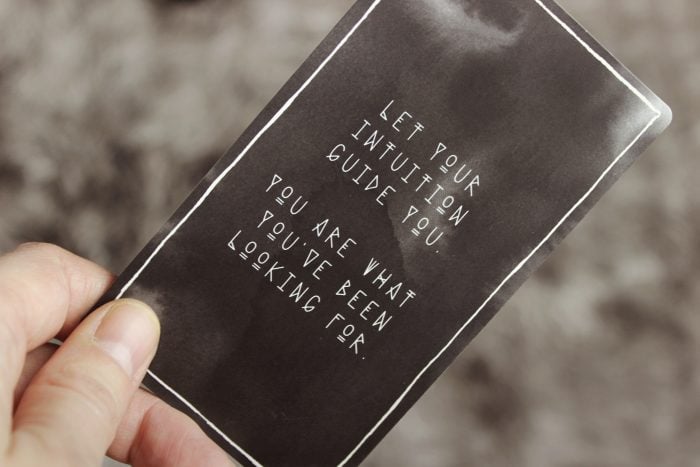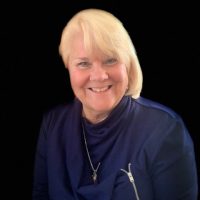“The purpose of life is not to be happy. It is to be useful, to be honorable, to be compassionate, to have it make some difference that you have lived and lived well.” ~ Ralph Waldo Emerson
This quote was one of my favorites back in my twenties when I had graduated from college.
I thought then that I had my life purpose completely figured out and that I was making a difference in the lives of the students I taught.
I was working at my dream job, I was married to my ideal man, and I had made my parents proud of me.
Fast forward several years to my “crash and burn” life chapter, when I lost my job in a lawsuit, lost my husband to another woman, lost my dad to a heart attack, and lost my mom to cancer. Some people refer to a time like that as “the dark night of the soul.”
At that time, I felt totally defeated, unworthy, insecure, and self-critical as I blamed myself for all that happened. I thought I should have been more, or done more. Then I decided that with my hope, faith, determination, and a newfound trust in my intuition, I would set out to “make a difference,” as Emerson proclaims. But this time, I would rewrite his quote to include “the purpose of life is to be happy.”
Fast forward a few more years. Today, I am blessed to have completely transformed my life according to those ideals.
Here’s the five-step framework I applied.
Step One: Developing a daily practice to calm the busy mind and unclutter our thoughts.
We have an average of about 80,000 thoughts in a day, so it makes sense that sometimes we need to set aside time to silence our mind chatter. This can be done through meditation, but it can also be a walk in nature, a nice long shower, a chance to exercise, sing, or dance, or perhaps play with a pet.
Having some type of a daily mindfulness practice is step one, and its side effect is empowerment.
Step Two: Sharpening clarity and focus so that we know exactly what we intend to bring into our life.
Equally as important, is determining what we don’t want in our lives.
Then, set a clear intention to go after what we do want and release everything that we don’t. An amazing side benefit of this step is not only clarity, but also self-confidence.
Step Three: Discovering our true purpose, passions, and unique gifts.
Researching our personal strengths and weaknesses is key to being able to feel engaged with what we’re doing, what the world needs, and what each one of us happens to be good at.
Some helpful resources to help us along our path include The Clifton Strength Finder behavioral assessment, a Human Design Chart, or the Japanese framework of ikigai.
The side effect of step three is feeling validated.
Step Four: Removing blocks and obstacles by recognizing what is interfering with reaching our greatest potential.
And then releasing them.
There are several things that get in our way, but self-sabotage is the most common. Learning to work with our shadow self is a great place to start with exploring triggers, fears, and childhood wounds.
The side effect of step four is not only feeling better and more free, but also intentionally welcoming abundance into our lives.
Step Five: Being held accountable.
This is where we make sure we stay on track with the plan we created in steps one through four.
One of the people we tend to break promises with most often is ourselves, so let’s be sure to keep the promises we are making to self.
It is important to find a group of like-minded, like-hearted friends to help hold us to our plan.
Step five provides us a way to feel supported and gain momentum.
After applying all five steps in our lives, let’s then rewrite Emerson’s quote for our lives to read: The purpose of life is to be happy, to be useful, to be honorable, to be compassionate, to make a difference, to have lived true to yourself, and to have lived well.


 Share on bsky
Share on bsky





Read 0 comments and reply